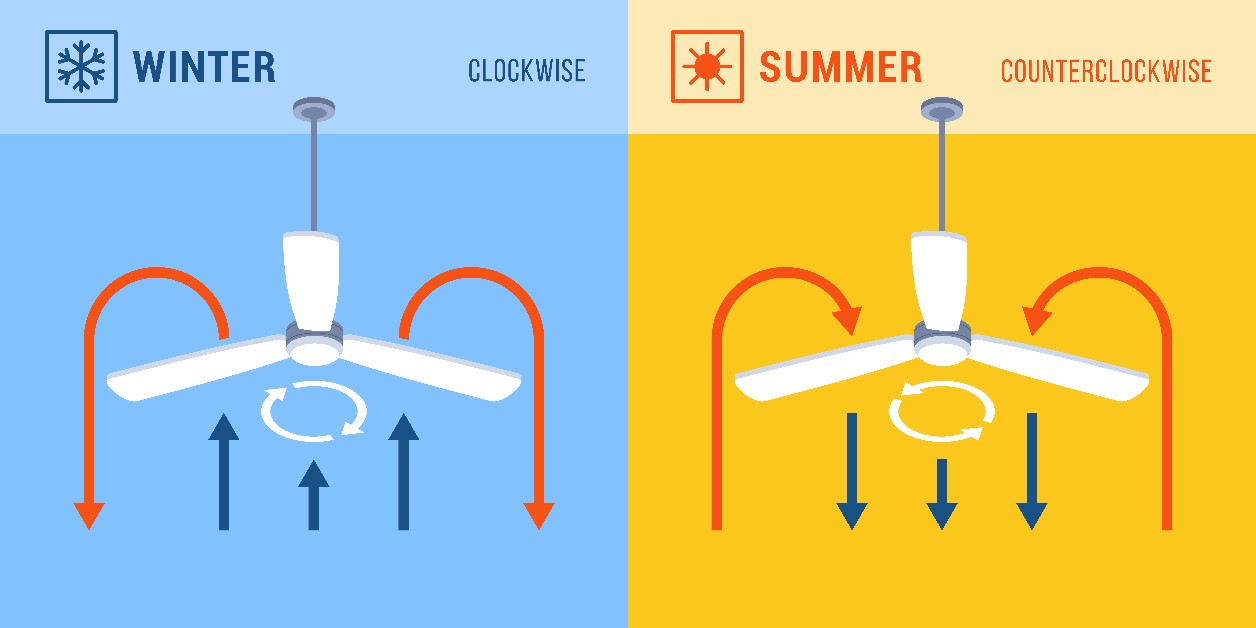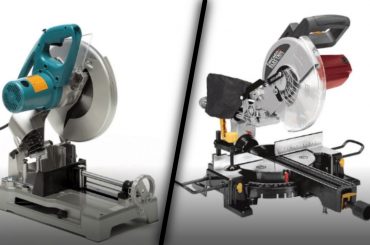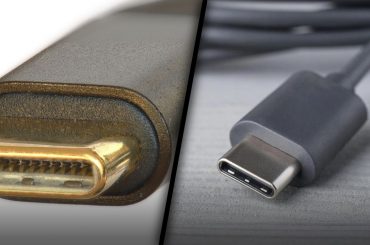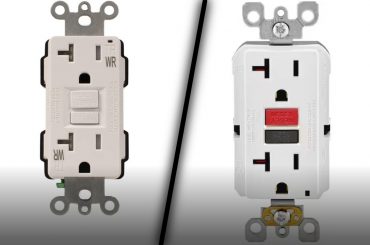With a flip of a switch, your home can be cooled in summer or heated in winter.
In summer, ceiling fans will keep your home cool, while in winter, they will keep your home warm. When the seasons change, should your ceiling fan spin in a different direction?
Why It Matters
Your home’s air is circulated by ceiling fans. During the warm months, circulating air can reduce the temperature in your home, but it has the same effect during the cold months when the weather turns chilly. During any season, ceiling fans are a great choice.
Ceiling fans rotate in different directions. Keeping everyone in your home comfortable and saving money on your utility bills can be accomplished by spinning it the right way at the right time.
What Direction in Summer?
It is recommended that you rotate your ceiling fan counterclockwise during the summer months, or in the “forward direction.” Counterclockwise ceiling fans force air downward, which provides cooling relief during the summer months. In order to increase the amount of cooling airflow, the fan should be run faster as the temperature increases.
What Direction in Winter?
During the winter, ceiling fans need to rotate counterclockwise, or “reverse direction”. Compared to the air near the floor, the air near the ceiling may be three to four degrees warmer because warm air rises. Cooler air will be drawn up by a ceiling fan that spins clockwise, while warmer air will be forced downward and out towards the walls. Keeping the fan on a low speed will prevent too much cooling breeze from being created.
Does It Matter Which Room?
When you’re cooling or heating a room, consider the fan direction. Whenever a kitchen oven is overheating, or a group of people is making it too toasty, turn the fan counterclockwise. You can also run a fan counterclockwise to intensify the heat of a fireplace or any other heat source in your room.
How to Change the Direction of a Ceiling Fan
Ceiling fans usually have a switch on the motor that you can slide one way or the other to change the direction. The only way to reach it is probably with a ladder. Prior to getting on the ladder, make sure that the fan is completely turned off and completely still. With most tricked-out ceiling fans, you can change the spin direction and speed easily and conveniently with a remote control.





